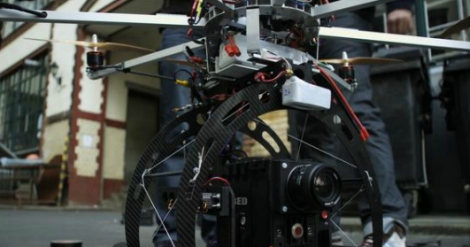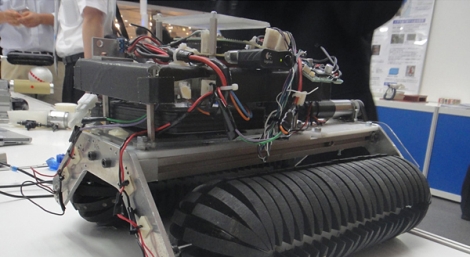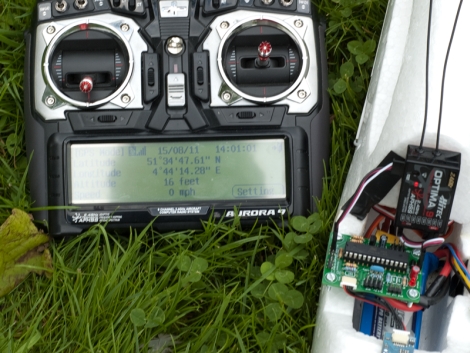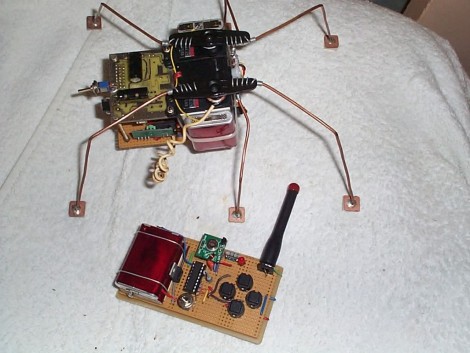
So you’ve got a $40k+ RED Epic video camera and you need to get it from all the way down here to all the way up there. Sure, you could rent an expensive crane and take your shots from above that way, but why bother with that when you can fly instead?
German video effects company OMStudios decided that it was up to the task of finding a crane alternative, so they built a crazy octocopter drone to get the camera up to where they needed it. Figuring that if four rotors is good eight is even better, the group’s octocopter lifts the camera to heights of up to 150 meters, which is pretty impressive considering the weight of its payload.
While we might be a little hesitant to trust such an expensive camera to a glorified RC helicopter, it actually looks pretty solid from the video. Besides, we’re pretty sure these guys know what they are doing since they have a RED camera in the first place.
[via Engadget]
Continue reading “Sweet Octocopter Takes The RED Epic To New Heights”
















